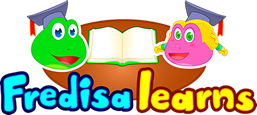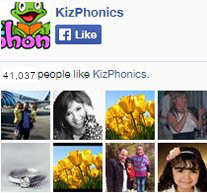Word Rhymes for Phonics: Unlocking The Magic of Nursery Rhymes
The Power of Words that Rhyme: Phonics and Nursery Rhymes
When we think about the magic of childhood, the melody of "nursery rhyme songs" often plays in the backdrop of our memories. Whether it's the classic tales of Humpty Dumpty or the enchanting rhythm of Twinkle, Twinkle Little Star, these songs have shaped our early years. More than just melodic tales, they are the gateways to the world of phonics. They subtly introduce us to the concept of 'words that rhyme with' one another and build a foundation for our linguistic journey.
Understanding Word Rhyme in Phonics
At its core, a "word rhyme" is the resonance found between two words, typically at their end sounds. For instance, 'hat' and 'cat' rhyme because they both conclude with the same sound. Phonics uses this principle of 'word rhyme with' other similar sounding words to help children recognize patterns and improve their reading and pronunciation skills.
Why Nursery Rhymes Songs are Essential
Engagement: The melody in "songs for nursery rhymes" is both captivating and memorable. This melodious approach ensures that kids are not just listening but are deeply engaged.
Pattern Recognition: Through repeated exposure to "words that rhyme", children begin to recognize patterns, which is crucial in early reading stages.
Vocabulary Expansion: The diverse range of nursery rhymes songs introduces children to a plethora of new words, expanding their vocabulary.
Exploring Popular Nursery Rhymes Songs
One of the best ways to introduce children to "words that rhyme" is by delving into the world of popular nursery rhymes. Let's explore a few:
Baa, Baa, Black Sheep: This classic tune introduces rhymes like ‘wool’ and ‘full’, ‘lane’ and ‘again’.
Jack and Jill: Here, the rhyme pattern of ‘hill’ and ‘spill’ not only adds a melodic touch but reinforces the phonetic sound associated with the ending '-ill'.
Incorporating Rhymes into Daily Learning
Beyond just singing along, there are multiple ways to incorporate "word rhyme" into your child's daily learning routine:
Rhyme Recognition Games: Create cards with words and have your child match "words that rhyme with" each other.
Write Your Own Rhymes: Encourage your child to come up with their own "nursery rhyme songs", emphasizing the use of words that rhyme.
Fact Section: FAQs about Word Rhymes and Phonics
What are the benefits of learning words that rhyme in early education?
Learning words that rhyme helps in improving memory retention, understanding phonetic patterns, and boosting reading skills.
Why are nursery rhymes songs an effective way to introduce phonics?
The melodious nature of "songs for nursery rhymes" ensures a high engagement level, making the phonetic patterns more memorable.
How can I access more phonics-based resources?
You can explore more phonics-based resources and tools at Kizphonics.
Conclusion
The world of "word rhyme with" and phonics is vast and intriguing. And "nursery rhymes songs" are the perfect entryway into this realm for young learners. They offer a blend of melody, words that rhyme, and valuable phonetic lessons, setting a robust foundation for our children's linguistic journey. Dive deep into this world and witness the wonders of phonics in action.










